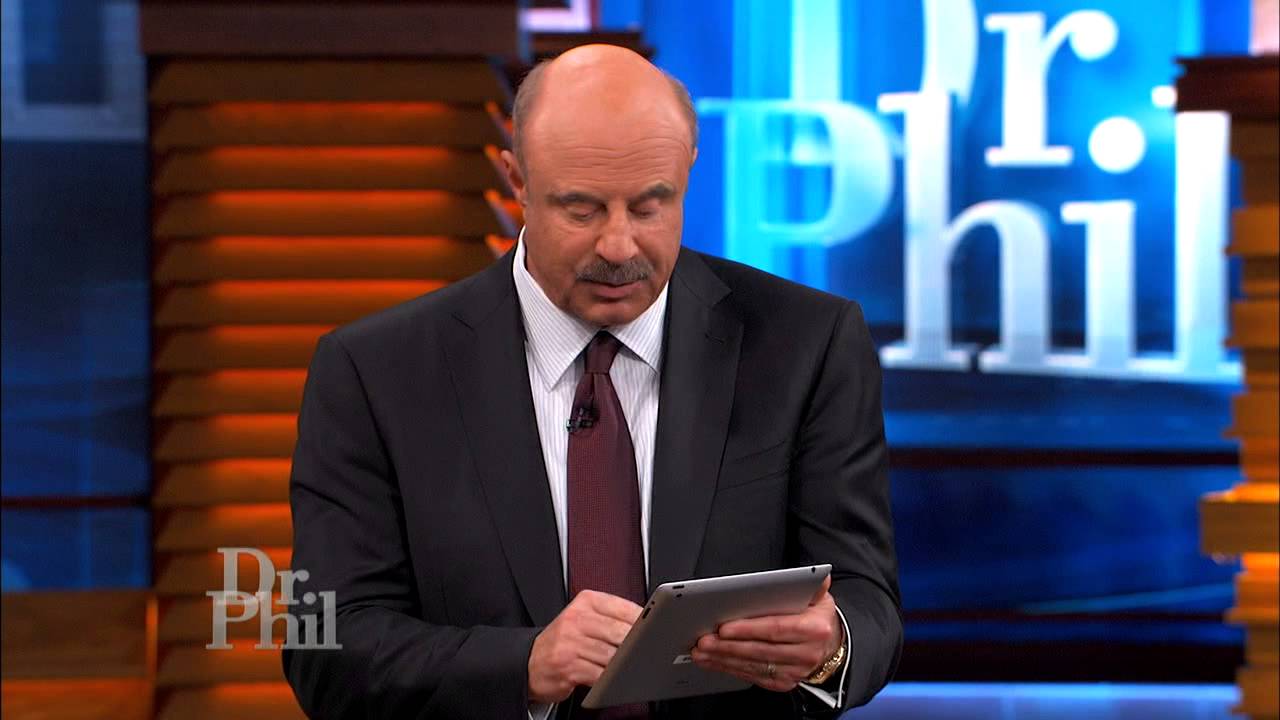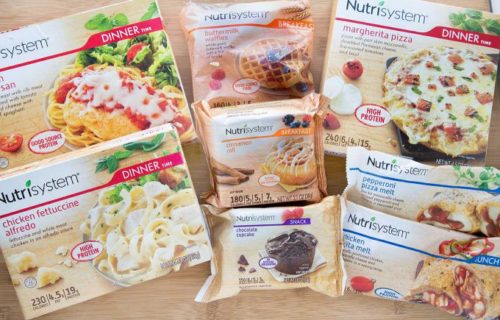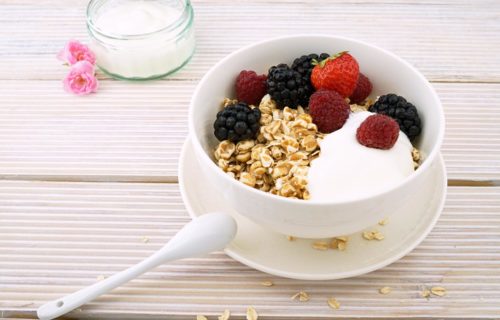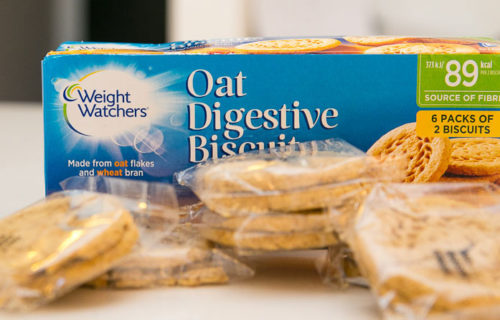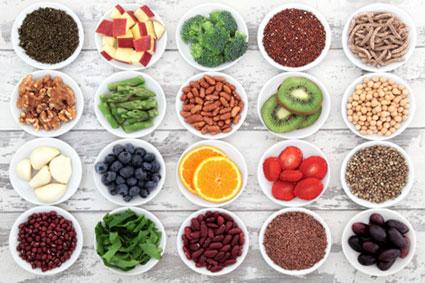WHAT IS THE DR. PHIL DIET PLAN?
The 20/20 diet is a weight loss book offering a variety of diet tips targeted at people who have difficulty losing weight. Sponsored by TV personality Phil McGraw, this weight-loss program is best known as the Dr. Phil Diet. Most of the novel centers on 20 foods said to increase metabolism and promote weight loss. These foods are as follows: whey powder, rye, tofu, eggs, mustard, cod, olive oil, green tea, coconut oil, chickpeas, apples, yogurt, dried plums raisins, prunes, leafy greens, pistachios, peanut butter, and lentils. The book comes with a free phone application.
The book repeatedly emphasizes the science backing up Dr. Phil’s plan. The diet promises readers cognitive, behavioral, and nutritional tools for their weight loss journey. In this review, we’ll examine the benefits of this diet and how effectively it promotes weight loss.
THE THREE PHASES OF THE DR. PHIL DIET?
This program has three distinct phases:
- Phase 1 (1-5 days): Dieters eat four separate meals, spaced four hours apart. This phase focuses on regulating your metabolism. During this introductory period, dieters must limit foods to the 20 outlined in the introductory paragraph. However, there is no scientific information supporting the ability of these ingredients to increase weight loss. Most weight lost appears to be the result of cutting out sodium and refined carbohydrates.
- Phase 2 (6-10 days): This phase introduces tuna, brown rice, oats, blueberries, carrots, chicken breast, tomatoes, and mushrooms back into your diet. However, you must include at least two of the original ingredients in every meal, snack, or appetizer. Timing of meals remains the same as Phase 1. You can ‘cheat’ on the program once or twice a week.
- Phase 3 (11-30 days): You continue to eat at the same pace as seen in Phases 1 and 2. The program now adds raspberries, black beans, quinoa, potatoes, and spinach to its limited menu.
If you fail to obtain your goal weight, simply cycle back through the phases above. After achieving your goal weight, continue adhering to Phase 3 and follow the book’s other diet tips. A registered dietician, Ashvini Mashru says, “ “Sticking to such a rigid meal plan-not to mention that whole eating every four hours thing may be overwhelming for some.” She concludes by saying, “ “There are no phases or end dates to healthy eating.”
In other words, if it aims to affect lifestyle changes, this plan is a rather short-sighted.
DR. PHIL’S 20/20 QUALITY OF INGREDIENTS, SCIENCE, AND SIDE EFFECTS
No scientific evidence exists to support the effectiveness of this diet. It also redresses common knowledge, such as the importance of removing processed sugars and refined grains from the diet, as something groundbreaking. Any changes on the scale are likely due to these weight loss staples, not the mystical weight loss properties of mustard or green tea.
This diet also relies on the long-debunked myth that more frequent meals helps boost metabolism and promote weight loss. Examine.com says, “There is no evidence to support the idea that multiple meals increase metabolic rate.” In fact, they claim that one recently published paper found quite the opposite. Weight gain has far more to do with caloric intake than meal frequency.
The diet does one thing right: it focuses on healthy, wholesome foods. Therefore, this diet poses little risk to your health and produces next to no side effects. The limited amount on the menu, however, does make the diet difficult to adhere to over the long-term.
THE COST OF THE DR. PHIL DIET
You can find the book on Amazon for $15.00. After over 2500 reviews, this book earned an average rating of 3.5 stars. The real price of the 20/20 diet, however, depends on the quality and quantity of food chosen. As mentioned above, Dr. Phil McGraw created this diet to help those facing chronic weight loss issues. He does not possess a background in nutrition.
The Federal Trade Commission investigated Dr. Phil’s weight loss claims and suite of weight loss products. As a result, his company pulled a few of the brands off the market. One of these brands, however, became targeted in a lawsuit. Dr. Phil settled with the plaintiffs for 10.5 million dollars. The statement that triggered this lawsuit stated that the brand, “contain(ed) scientifically researched levels of ingredient that can help you change your behavior to take control of your weight” . Sound familiar?
Customer Opinions of Dr. Phil’s 20/20 Diet
Here are some quotes from the book’s Amazon reviews:
“he doesn’t say anything any different than any of the other 100 plus so-called diet/eating experts”
Dr. Phil does it again. I am currently still doing the 20/20 diet and within the first week I dropped 5 pounds. It is extremely easy to do, I love the grocery list and everything tastes great.
“This book is like a recipe for how to set yourself up for a really unhealthy relationship with food”
“Weird food combination and not very effective”
“It’s ridiculously had and requires too much effort to work in the long term”
Forty-six percent of people gave this book a perfect score on Amazon. Twenty-three percent of reviewers, however, gave this book two stars or fewer. People commonly complained about the common-sense advice and ridiculously strict menu. The lack of choice leads many to question the value of this diet’s trade-offs.
ADVANTAGES OF THE 20/20 DIET:
- Limits your menu to natural, nutritious food.
- Provides behavioral and cognitive tips.
- Comes with access to a free app.
DISADVANTAGES OF THE 20/20 DIET:
- Examine.com debunked many of the book’s weight loss tips.
- The ingredients allowed on this plan are far too narrow to be realistic.
- Does not include an exercise component.
- Most of the book’s advice is tired, old, and outdated.
CONCLUSION – DOES DR. PHIL’S 20/20 DIET WORK?
The diet plan you pick should be three things: backed by science, practical, and customer-approved. While the 20/20 diet claims to offer practical advice for weight loss, many of the resulting tips are slap-in-the-face obvious. Furthermore, leading researchers have debunked many of the less common sensical tips. For example, the frequency of your meals does little to affect your weight. This fact calls much of the book’s advice into question.
Instead of relying on Phil McGraw’s smoke-and-mirror plan of weight loss, we suggest you look at Nutrisystem or 18 Shake.

